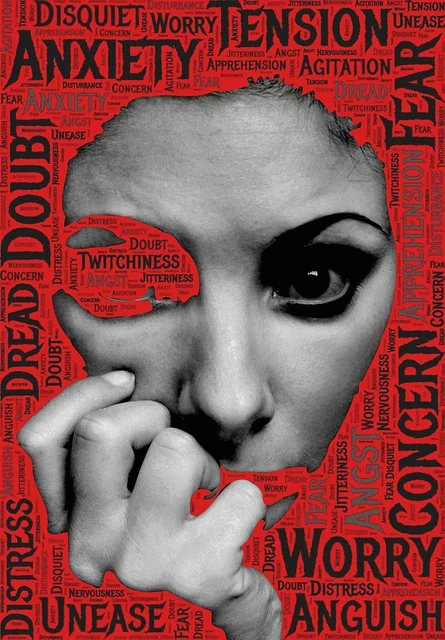Attention Deficit Hyperactivity Disorder is referred to as ADHD. It’s a neurological condition that impairs your ability to focus, remain still, and regulate your behavior. It can persist until maturity and occurs in kids and teenagers.
The most often identified mental illness in youngsters is ADHD. Compared to girls, boys are more likely to have it. It is typically noticed in the early school years when a child starts to struggle with focus.
ADHD is incurable and cannot be avoided. However, early detection together with a well-thought-out treatment and education plan can help an adult or child with ADHD better control their symptoms.
What is ADHD?
One of the most prevalent neurodevelopmental diseases in children is ADHD. It frequently persists into maturity and is initially diagnosed in infancy. Children with ADHD may struggle to focus, manage impulsive behaviors (doing without considering the consequences), or exhibit excessive activity.
A continuing pattern of hyperactivity-impulsivity and/or inattention that impairs functioning or development is the hallmark of attention-deficit/hyperactivity disorder (ADHD). Those who have ADHD frequently exhibit the following kinds of symptoms:
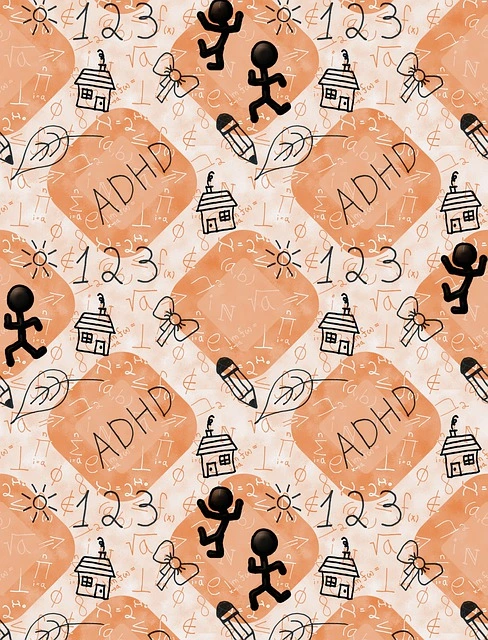
Types of ADHD
In-attentions
A person suffering from inattention may find it difficult to maintain organization, focus, or stay on task; these issues are not the result of disobedience or poor comprehension.
Hyperactive
A person who is hyperactive may appear to move around a lot, even in inappropriate contexts, or they may fidget, tap, or talk excessively. Adults with hyperactivity may exhibit excessive chatting or severe restlessness.
Impulsivity
Impulsivity is the inability to consider things through before acting or the inability to exercise self-control. An inability to postpone gratification or a drive for instant benefits are examples of impulsivity.
Symptoms of ADHD in children and teenagers
Children and teenagers with ADHD typically have well-defined symptoms before the age of six. They happen in a variety of settings, including the house and the classroom.
Youngsters may exhibit signs of impulsivity, hyperactivity, and inattentiveness, or they may just exhibit signs of one of these behavioral patterns.
Inattentiveness (inability to focus and concentrate)
The primary indicators of inattention are:
- having a short attention span and being easily distracted;
- making careless mistakes, such as in schoolwork;
- seeming forgetful or losing things;
- finding it difficult to focus on long or tedious tasks;
- giving the impression that they can’t follow directions;
- changing activities or tasks frequently;
- finding it difficult to organize tasks
Impulsivity and hyperactivity
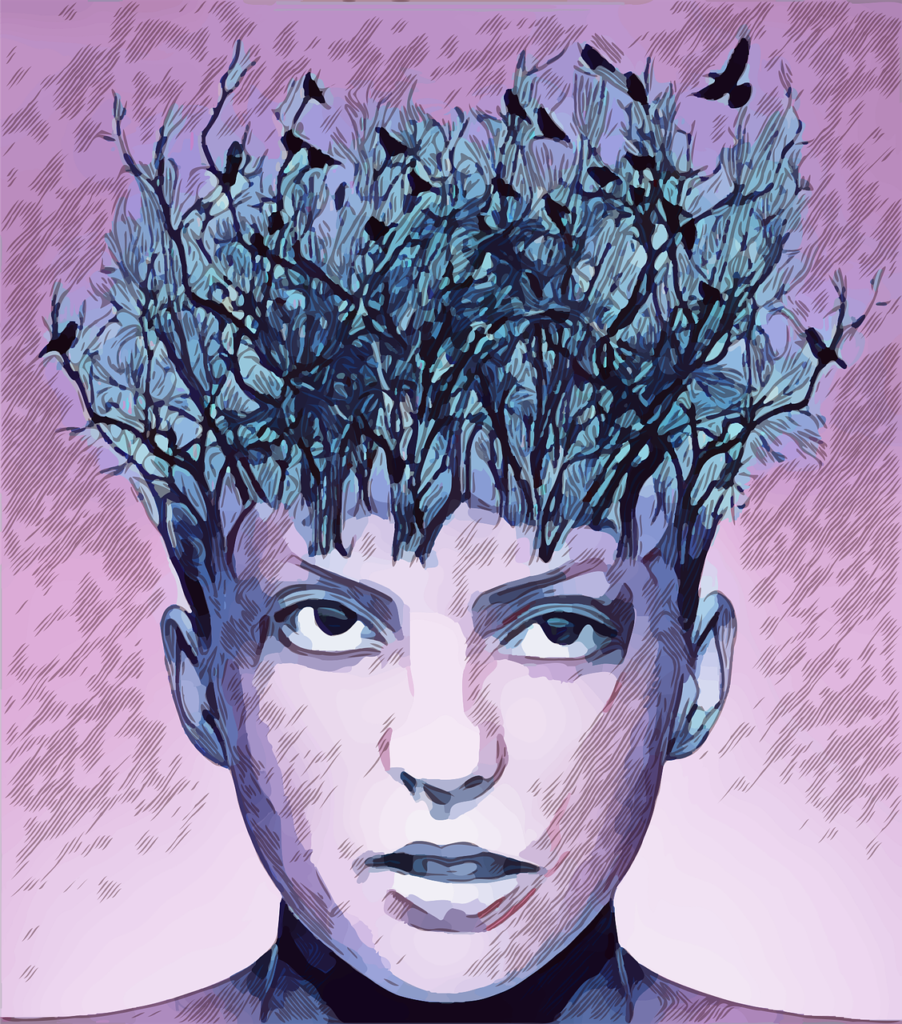
The primary indicators of impulsivity and hyperactivity are:
- being unable to remain motionless, particularly in serene or tranquil environments
- inability to focus on work due to frequent fidgeting
- excessive speech and movement of the body
- being unable to wait their turn, acting impulsively, and cutting other people off in discussion
- little or nonexistent perception of peril
A kid may experience serious issues as a result of these symptoms, including low academic performance, difficulties interacting socially with peers and adults, and behavioral issues.
Symptoms of ADHD in adults
The signs of ADHD in adults are harder to pin down. This is mostly because adult ADHD patients have not received enough studies.
Since ADHD is a developmental illness, it is thought that it must have its onset in infancy before manifesting in adulthood. However, children’s and teens’ symptoms of ADHD frequently persist into adulthood.
Adults may be affected by impulsivity, hyperactivity, and inattentiveness in quite different ways than children are.
For instance, when the demands of adulthood rise, adults typically see a decline in hyperactivity but a persistence of inattentiveness.
Additionally, adult ADHD symptoms are typically much more subdued than childhood ones.
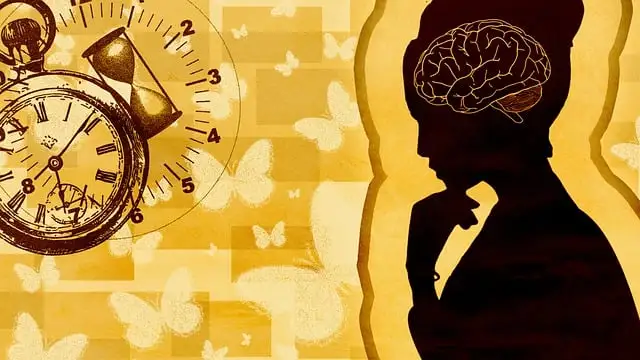
Adults with ADHD may experience the symptoms listed below, according to some experts:
- Inconsideracy and insufficient focus on details
- habitually beginning new projects before completing existing ones
- inadequate organizing abilities
- incapacity to prioritize or concentrate
- prone to misplacing or losing items
- forgetfulness
- agitation and nervousness
- The inability to handle stress, mood swings, irritability, and a quick temper;
- difficulty remaining silent and speaking out of turn;
- blurting out answers and frequently interrupting others;
- extreme impatience;
- and taking risks in activities,
- often with little or no regard for one’s own safety or the safety of others, such as driving recklessly
Causes of ADHD
Although the precise origin of attention deficit hyperactivity disorder (ADHD) is unknown, a number of factors are believed to be involved.
Genetics
Since ADHD typically runs in families, it is believed that a major portion of the condition is caused by genes inherited from one’s parents.
According to research, siblings and parents of someone with ADHD are more likely to also have the disorder. That being said, the inheritance pattern of ADHD is probably complex and is not believed to be caused by a single genetic flaw.
The anatomy and function of the brain
Although the precise relevance of these variations is unclear, research has found some potential abnormalities between the brains of those with ADHD and those without the disorder.
For instance, brain scan studies have revealed that individuals with ADHD may have smaller brain regions and larger brain regions. According to other research, neurotransmitters may not function properly in the brains of persons with ADHD or there may be an imbalance in their levels.
Risk factors of ADHD
Although numerous studies indicate that genes play a significant impact, researchers are unsure of the exact causation of ADHD. Similar to numerous other diseases, ADHD most likely stems from a confluence of variables. Apart from heredity, scientists are investigating potential environmental factors that could increase the likelihood of having ADHD and investigating the potential roles that brain injury, diet, and social situations may have in the disorder.
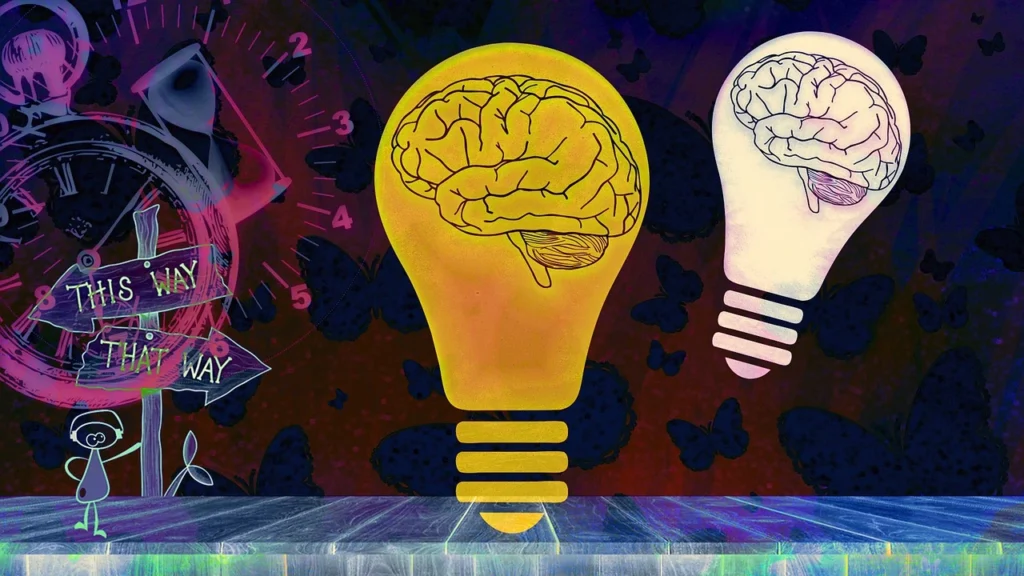
Males are more likely than females to have ADHD, while inattention symptoms are more common in females with ADHD. In addition to learning difficulties, anxiety disorders, behavior disorders, depression, and substance use disorders, people with ADHD frequently suffer from other illnesses.
Diagnosis of ADHD
Determining whether a child has ADHD involves a multi-step approach. The symptoms of many other conditions, including anxiety, depression, sleep issues, and specific forms of learning difficulties, might resemble those of ADHD, which cannot be diagnosed with a single test. A medical examination, which includes tests for hearing and vision, is one step in the procedure that helps rule out other issues with symptoms such as ADHD. When diagnosing ADHD, a checklist for rating symptoms is typically used, along with a history of the kid’s interactions with parents, teachers, and even the child themselves.
Treatment of ADHD
Psycho-social treatments and psychotherapy
It has been demonstrated that a number of particular psychosocial interventions can help people with ADHD and their families better manage their symptoms and carry out daily tasks.
Before a child is diagnosed, frustration, guilt, and resentment may have accumulated in a household with school-age children. For parents and kids to get over bad emotions, they might require specialist assistance. Parents can learn more about ADHD and its effects on families from mental health specialists. They will also assist the child’s parents in forming new attitudes, abilities, and interpersonal relationships.
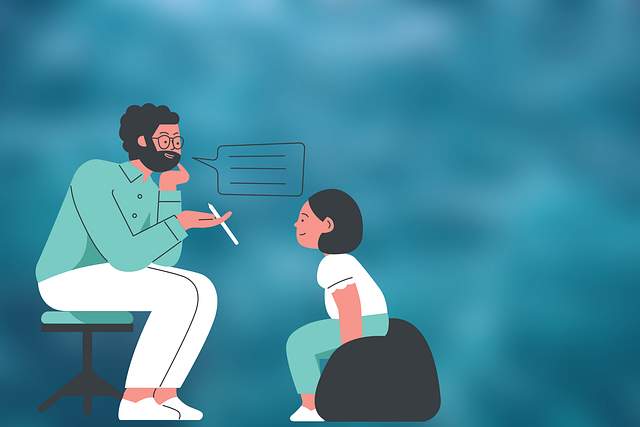
Parents must be actively involved in all forms of therapy for children and teenagers diagnosed with ADHD.
Behavioral therapy
One kind of psychotherapy called behavioral therapy tries to assist a patient in altering their behavior. It could entail dealing with emotionally taxing situations or providing practical aid, including assisting with chore organization or doing schoolwork. Moreover, behavioral treatment instructs patients on how to:
- Keep an eye on their own actions
- Reward or congratulate oneself when you behave in a desired way—for example, by restraining your anger or pausing before acting.
In order to help someone regulate their behavior, parents, teachers, and other family members can provide feedback on particular actions as well as assist in setting up chore lists, explicit rules, and organized routines. Children may learn social skills from therapists, including how to share toys, wait their turn, ask for assistance, and react to bullying.
Cognitive behavioral therapy
To increase focus and concentration, cognitive behavioral therapy teaches patients how to recognize and accept their own thoughts and feelings. Along with helping the person with ADHD adapt to the changes in their life brought about by therapy, the therapist also supports the patient in resisting the impulse to take needless risks or to think things through before acting.
Family and marital therapy
In addition to encouraging behavior adjustments and helping family members and spouses deal with disruptive behaviors, family and marital therapy can also help them engage better with the individual with ADHD.
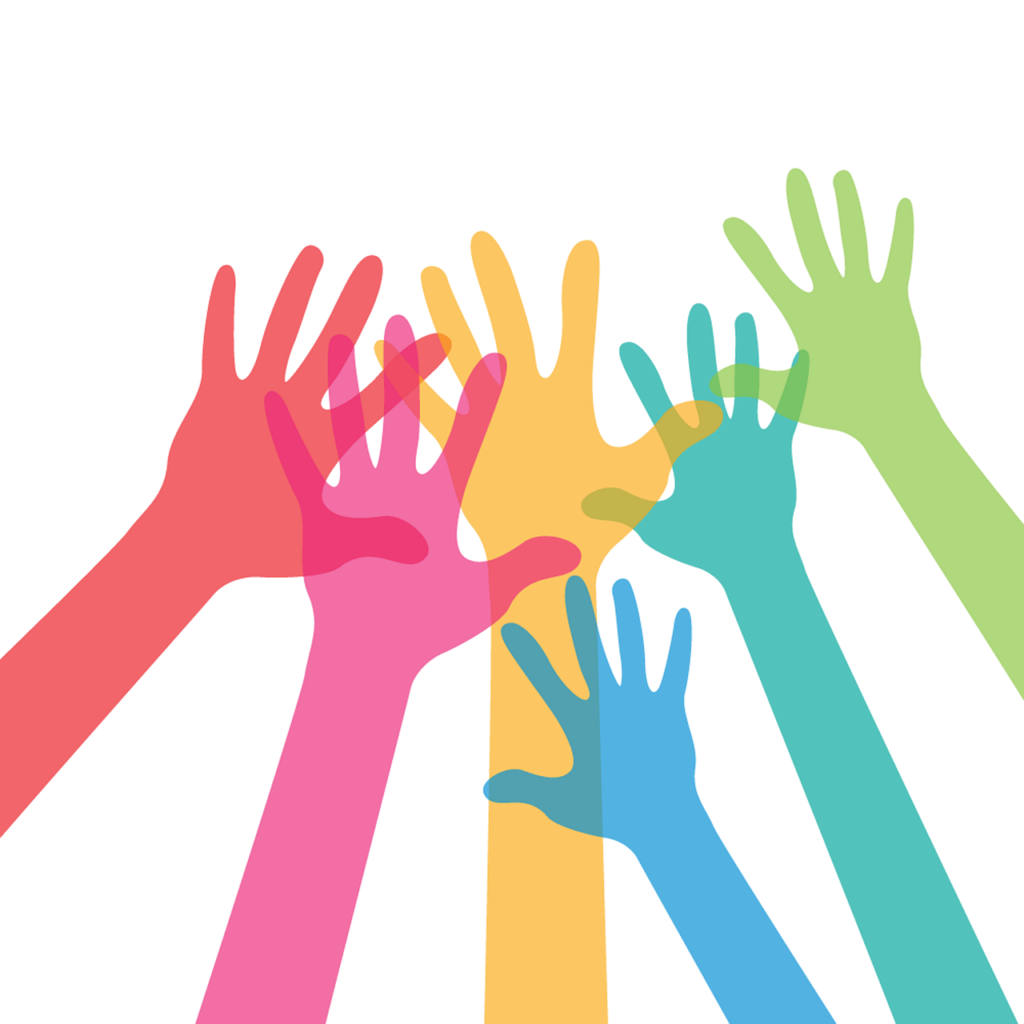
Parenting skill training
Parenting skills training, also known as behavioral parent management training, equips parents with the knowledge and abilities to support and reinforce their kids’ good behavior. Parents are instructed to employ a system of incentives and sanctions to modify their child’s behavior, as well as to provide prompt, encouraging feedback for behaviors they want to encourage.
Classroom behaviors
It has been demonstrated that certain behavioral classroom management strategies and/or academic adjustments for kids and teenagers are beneficial for symptom management and enhancing peer and school functioning. Plans for managing behavior or imparting study or organizational skills are examples of interventions. Some examples of accommodations are assigned seating in the classroom according to preference, a lighter workload in class, or more time for quizzes and exams. If a child is eligible for special education services, the school may offer adjustments through an Individualized Education Plan (IEP) or a 504 Plan.
Stress management technique
Stress management strategies can help parents of ADHD children by improving their capacity to handle frustration and enable them to react to their child’s behavior in a composed manner.
Medications
Five different kinds of medications are approved to treat ADHD:
- Lisdexamfetamine
- methylphenidate
- dexamfetamine
- Guanfacine
- atomoxetine
While there is no long-term treatment for ADHD, these medications may improve concentration, reduce impulsivity, promote calmness, and facilitate the acquisition and application of new abilities.
Certain medications must be taken daily, while others are only required on school days. Periods of treatment are sometimes advised to determine whether the medication is still necessary.
A general practitioner (GP) and specialist can talk about the right medications and therapies if you were not diagnosed with ADHD until you were an adult.If one of these medications is administered to you or your child, you will likely start off with minimal doses and then have them progressively increased.



